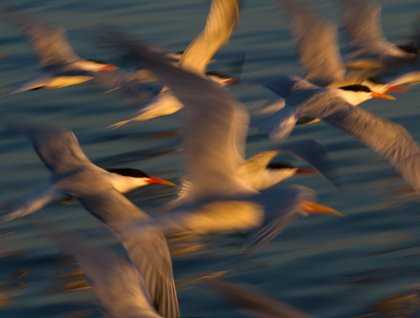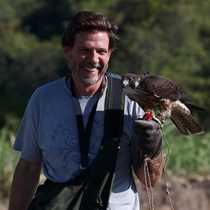Today we explore two of the most extraordinary places in the Gulf of California. These islands, in the Gulf’s Midriffs, are some of the special features of this Remarkable Journey.
In the morning we landed on Isla San Esteban. Once on the shore we moved with caution so as not to disturb nesting yellow-footed gulls, then we ascended the arroyo. A sandy bottom made for easy walking, and many of us moved slowly, searching for a couple of the island’s endemic reptiles. Eventually we all saw them. Spiny-tailed iguanas are big and intelligent-looking. They regarded us with a calculating air. They are also fierce-looking, and fierce they are—if handled, they have a powerful bite. But unmolested, they have a gentle habit. Generally we found them atop cardon cacti, which they climb to dine on flowers. Elsewhere we found pinto chuckwallas. These creatures are an example of island gigantism. They are six times heavier than their mainland cousins! Though mighty, chuckwallas are shy. Lying inert in the desert, they are remarkably difficult to spot. And then, at our approach, a wild scrabbling dash to cover! We were able to observe chuckwallas usually when they had scuttled to their idea of brushy safety.
We motored over glassy seas. In the afternoon we reached Isla Rasa. This amazing island is the birthplace to almost every Heermann’s gull and elegant tern in the world. We used our expedition landing craft to get a close look at the island. The birds were staging for their breeding season, and so were off the island in flocks. After seeing ospreys and oystercatchers and the broad valley that the terns fill, we went off to a rocky islet. Here life was more concentrated. We got very close looks at the snowy heads and scarlet bills of the Heermann’s gulls, and we enjoyed the antics of hauled-out sea lions
Islas San Esteban and Rasa are two of the most unusual islands in the Gulf of California. What a joy to see them on such and enchanting day!









